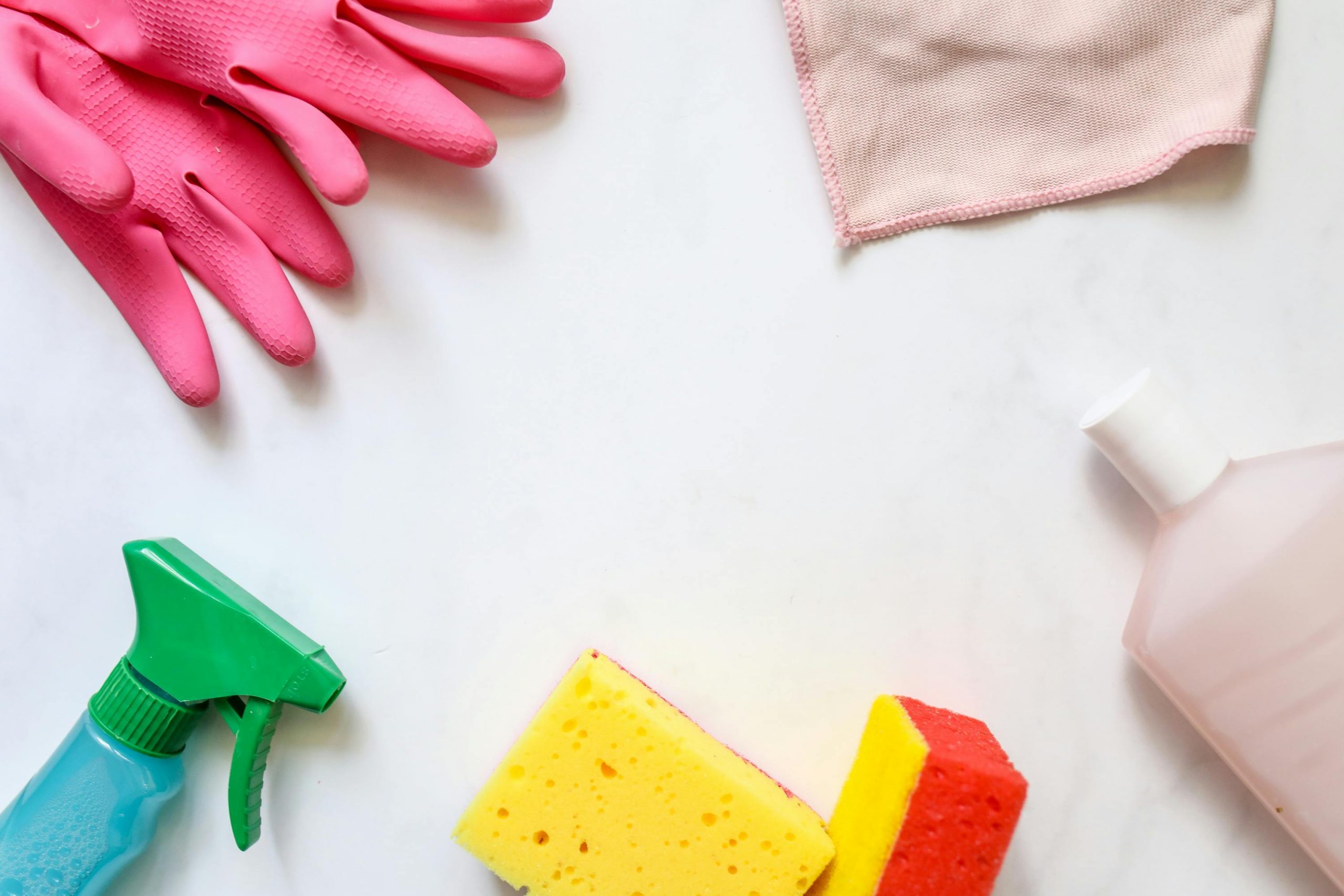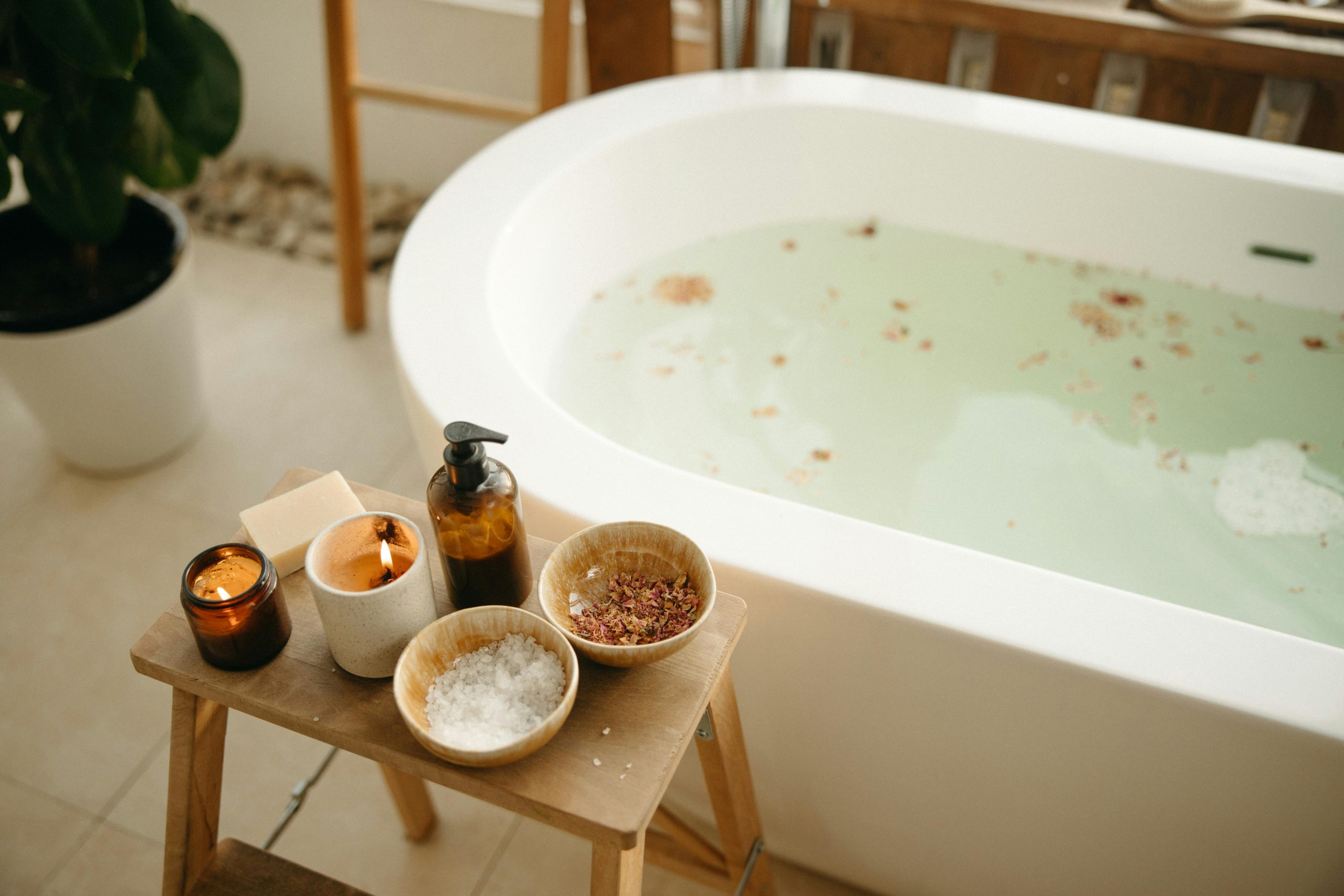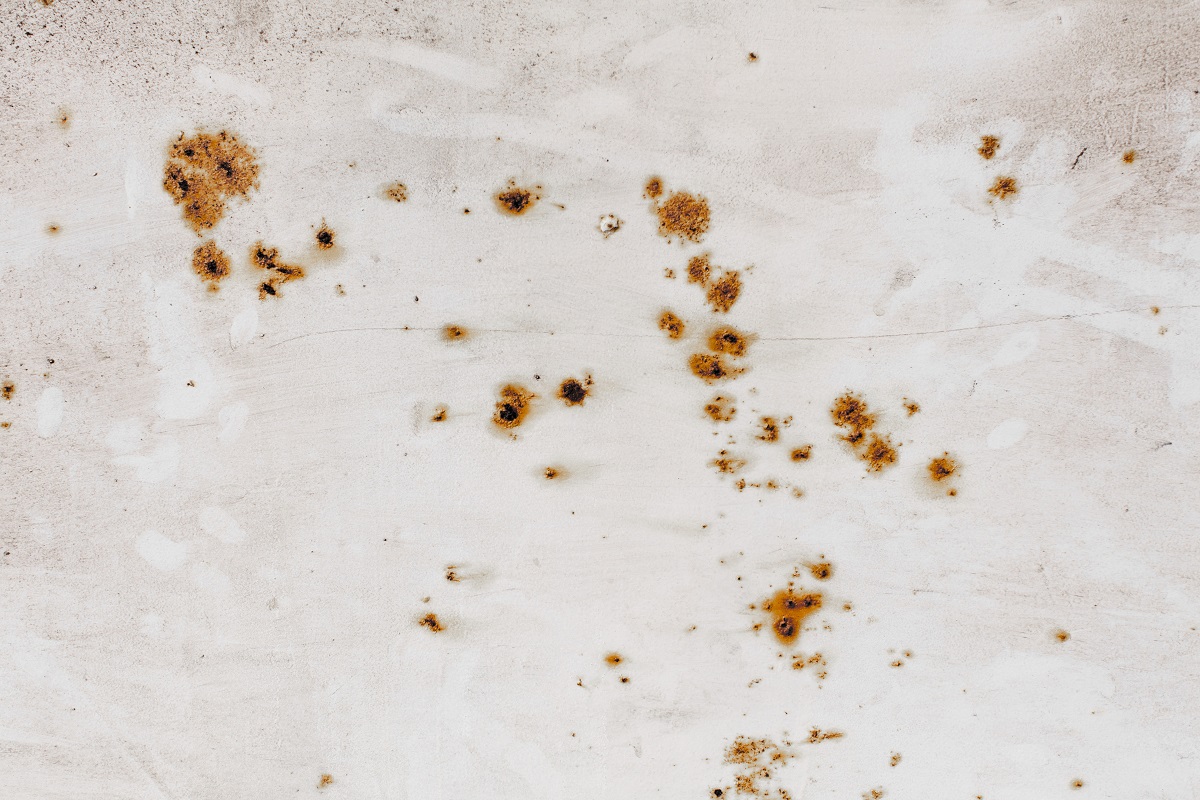A sparkling bathtub can make your entire bathroom feel cleaner, fresher, and more relaxing. But not all bathtubs are created equal—and neither are the methods for cleaning them. Whether you’ve got a porcelain, acrylic, fiberglass, or cast iron tub, the wrong cleaner or technique can do more harm than good. That’s why it’s essential to learn how to clean a bathtub based on its material.
In this comprehensive guide, we’ll break down the best cleaning methods for each type of tub, answer common questions, and provide product recommendations and homemade solutions for getting your bathtub spotless.
Why Does Bathtub Type Matter When Cleaning?
Before you grab your favorite scrub brush or all-purpose cleaner, pause for a second. Different bathtub materials react differently to chemicals, scrubbing tools, and water hardness. Using the wrong method can lead to:
- Surface scratches
- Staining
- Dulling of the finish
- Permanent damage to coatings
Understanding the type of tub you have is the first step toward maintaining a clean, safe, and damage-free bathroom.
How to Identify Your Bathtub Type
Not sure what kind of bathtub you have? Here’s a quick breakdown:
| Tub Material | Common Traits | How to Tell |
| Porcelain | Hard, heavy, glossy finish | Cold to the touch; chip reveals black/gray cast iron underneath |
| Acrylic | Lightweight, smooth surface | Warms quickly to the touch; flexes slightly when you press |
| Fiberglass | Lightweight, duller than acrylic | May feel slightly textured; scratches easily |
| Cast Iron | Extremely heavy and durable | Cold and solid; enameled finish; may have visible metal if chipped |
| Stone Resin | Matte finish, modern design | Heavy and solid; not glossy like porcelain |
Once you’ve identified your tub, you’re ready to clean it the right way.
How to Clean a Porcelain Bathtub

Porcelain bathtubs are popular for their glossy, durable finish and classic look. However, their enamel coating can chip, and they’re prone to soap scum and mineral buildup.
Best Cleaning Methods for Porcelain
Start with a gentle approach by cleaning your tub weekly with mild dish soap and warm water. Use a non-abrasive sponge or microfiber cloth to avoid scratching.
For stubborn stains and soap scum:
- Make a paste of baking soda and water. Apply it to stains and scrub gently with a sponge. Baking soda acts as a mild abrasive that won’t damage the enamel.
- For tougher grime, spray white vinegar on the baking soda paste. The fizzing reaction helps lift dirt. Let it sit for 15 to 30 minutes, then scrub and rinse.
- Use hydrogen peroxide to remove mildew or organic stains. Apply directly, let it sit for 10 minutes, then rinse well.
Avoid Abrasive Tools and Harsh Chemicals
Never use steel wool or abrasive scrub pads, as they can scratch and dull the enamel finish. Avoid strong acids or bleach, which can discolor or damage the surface over time.
Additional Tips
- After cleaning, rinse the tub thoroughly with warm water to remove residue.
- Dry the surface with a soft cloth to prevent water spots.
- To remove rust stains, apply lemon juice mixed with borax and let it sit before scrubbing.
How to Clean an Acrylic Bathtub
Acrylic tubs are popular because they’re lightweight, retain heat well, and have a smooth, glossy finish. However, they’re softer than porcelain and can scratch or dull if cleaned improperly.
Best Cleaning Methods for Acrylic
- Use a mild detergent or dish soap mixed with warm water. Apply with a soft sponge or microfiber cloth.
- For soap scum or mineral deposits, spray a solution of equal parts white vinegar and water onto the surface. Let it sit for 10–15 minutes, then wipe clean.
- Baking soda can be sprinkled on a damp sponge for gentle scrubbing of tough spots.
What to Avoid
- Avoid abrasive pads or brushes that can leave fine scratches.
- Do not use ammonia-based or acetone-containing cleaners, as they can cause discoloration.
- Avoid harsh scrubbing or aggressive chemical cleaners that dull the acrylic’s shine.
Maintenance Tips
- After each use, rinse the tub with warm water and wipe it dry to prevent soap scum buildup.
- Polish acrylic tubs occasionally with a specialized acrylic cleaner or polish to restore shine.
How to Clean a Fiberglass Bathtub
Fiberglass tubs are usually coated with gelcoat to give a smooth finish, but this coating can wear thin and become dull or scratched.
Best Cleaning Methods for Fiberglass
- Clean with a non-abrasive cleaner or a homemade mixture of dish soap and baking soda.
- Spray diluted white vinegar onto soap scum or mildew, allow it to soak for 15 minutes, then rinse thoroughly.
- Use a soft sponge or soft-bristle brush for scrubbing, focusing on gentle motions to prevent scratching.
What to Avoid
- Never use abrasive scrubbing pads or harsh chemicals like bleach or strong acids.
- Avoid letting water sit on the surface for long periods, which can lead to staining.
Regular Care
- Clean regularly to prevent buildup.
- Rinse and wipe the tub dry after each use to extend the life of the gelcoat finish.
How to Clean a Cast Iron Bathtub
Cast iron tubs are coated with enamel and known for their durability and heat retention. They are common in older homes or vintage-style bathrooms.
Best Cleaning Methods for Cast Iron
- Clean regularly with mild dish soap and warm water, applied with a soft sponge.
- For stains or discoloration, use a baking soda and hydrogen peroxide paste. Apply to the stain, let it sit for 20 minutes, then scrub gently.
- Rust stains can be treated with a paste of vinegar and salt. Apply, let sit for a few hours, and rinse thoroughly.
Maintenance Tips
- Always dry the tub after use to prevent rusting.
- Repair any chips or cracks in the enamel promptly to avoid rust formation.
- Avoid acidic or abrasive cleaners that can damage the enamel coating.
How to Clean a Stone Resin or Solid Surface Bathtub
Stone resin tubs are modern and have a matte or satin finish, often made from crushed stone mixed with resins. They are durable but sensitive to harsh cleaners.
Best Cleaning Methods for Stone Resin
- Use a pH-neutral cleaner recommended by the manufacturer.
- For general cleaning, wipe the surface with a damp cloth and mild soap, then rinse.
- For stains, use a non-abrasive cream cleanser or a baking soda paste. Avoid acidic solutions.
- After cleaning, buff the surface gently with a soft towel to restore its matte finish.
What to Avoid
- Avoid vinegar, lemon juice, or any acidic cleaners that can etch the surface.
- Do not use abrasive scrubbers or rough brushes.
Maintenance Tips
- Rinse the tub well after each use to remove soap residues.
- Dry the surface thoroughly to prevent water spots or mineral buildup.
How Often Should You Clean Your Bathtub?

Keeping your bathtub clean on a regular schedule prevents stubborn stains and buildup that require harsh cleaning methods. A simple routine includes:
- Daily or After Each Use: Rinse and wipe down the tub to remove soap residue and hair.
- Weekly: Perform a general clean using mild detergent or an appropriate cleaner for your tub type.
- Monthly: Deep clean to tackle mineral deposits, mold, and grime buildup. Focus on grout and corners where dirt accumulates.
Consistency makes bathtub maintenance easier and more effective.
How to Clean a Bathtub with the Best Homemade Cleaner
If you prefer DIY solutions, here’s a universal homemade cleaner safe for most bathtubs (except stone resin):
DIY Bathtub Cleaner Recipe:
- 1 cup baking soda
- ½ cup white vinegar
- Juice of 1 lemon (optional for scent)
- Water to form a paste
Mix the ingredients and apply them to the tub. Let it sit for 15–20 minutes, then scrub with a non-abrasive sponge and rinse.
What Tools Should You Use to Clean a Bathtub?
| Tool | Best For | Use With |
| Microfiber cloth | Wiping and drying | All tubs |
| Soft-bristled brush | Gentle scrubbing | Fiberglass, acrylic |
| Non-scratch sponge | General cleaning | All tubs except stone |
| Spray bottle | Even application of liquid cleaners | Vinegar or soap solution |
| Squeegee | Removing water post-cleaning | Any smooth surface tub |
Tips for Keeping Your Bathtub Clean Longer
Cleaning regularly is important, but you can also take preventative steps to reduce buildup:
- Rinse the tub with warm water after every use to remove soap and oils.
- Wipe the tub dry with a microfiber cloth or squeegee to prevent water spots and mildew.
- Avoid leaving metal cans or bottles on the tub edge, which can cause rust stains.
- Use mildew-resistant bath mats and clean them frequently.
- Keep the bathroom well-ventilated to prevent moisture buildup.
FAQs About Cleaning a Bathtub by Type
1. What if I don’t know my tub type?
Look for signs like weight, surface feel, or whether chips reveal metal. When in doubt, start with the gentlest cleaning method.
2. Can I use bleach to clean my bathtub?
Only on porcelain or cast iron tubs, and even then, use diluted bleach sparingly. Never use it on fiberglass, acrylic, or stone resin.
3. How do I get rid of bad smells in the tub?
Clean the drain and overflow plate. Pour a mix of baking soda and vinegar down the drain, let sit, then rinse with hot water.
4. What’s the safest cleaner for all tubs?
Mild dish soap and water is safe for nearly all tub types.
Final Thoughts: Clean Smart, Not Hard
Learning how to clean a bathtub based on its material can save you time, money, and frustration. Whether your tub is acrylic, porcelain, fiberglass, cast iron, or stone resin, there’s a safe and effective way to keep it spotless without damaging the surface.
Invest in a few quality tools, clean regularly, and use the right products for your tub’s type—and you’ll enjoy a gleaming, inviting bathtub every time you step into your bathroom.



